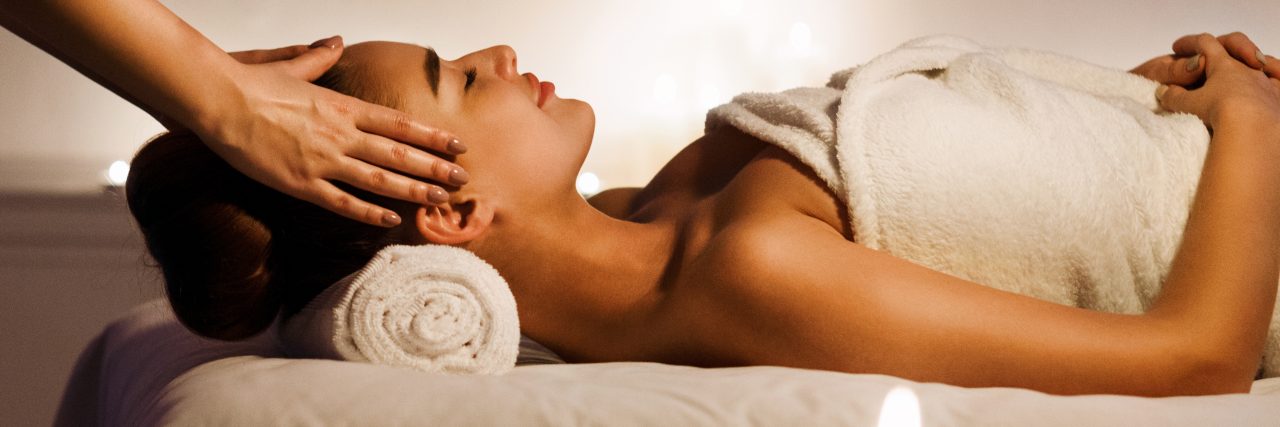22 Remedies for Chronic Pain That Aren't Medications
Editor's Note
Any medical information included is based on a personal experience. For questions or concerns regarding health, please consult a doctor or medical professional.
A week or so ago, I was in bed nursing a migraine. My usual preventative treatment is Botox, but this has been canceled due to our current global situation. So I turned to the best resource I know (aside from my doctors, of course!) and asked on my Instagram for non-pharmacological forms of pain relief recommended by those living with chronic illness.
Well, my online friends really stepped up and so many people responded to my query. I had over 50 replies, which was so generous and there were so many helpful and diverse ideas. My personal favorite, as it seems so positive and uplifting: “laughing and lying in the sun.”
I hope this list can act as a resource for anyone looking for non-pharmacological pain relief. It would be best to run some of them (such as CBD oil and supplements) past your doctor first. I hope you find something useful!
1. Heat
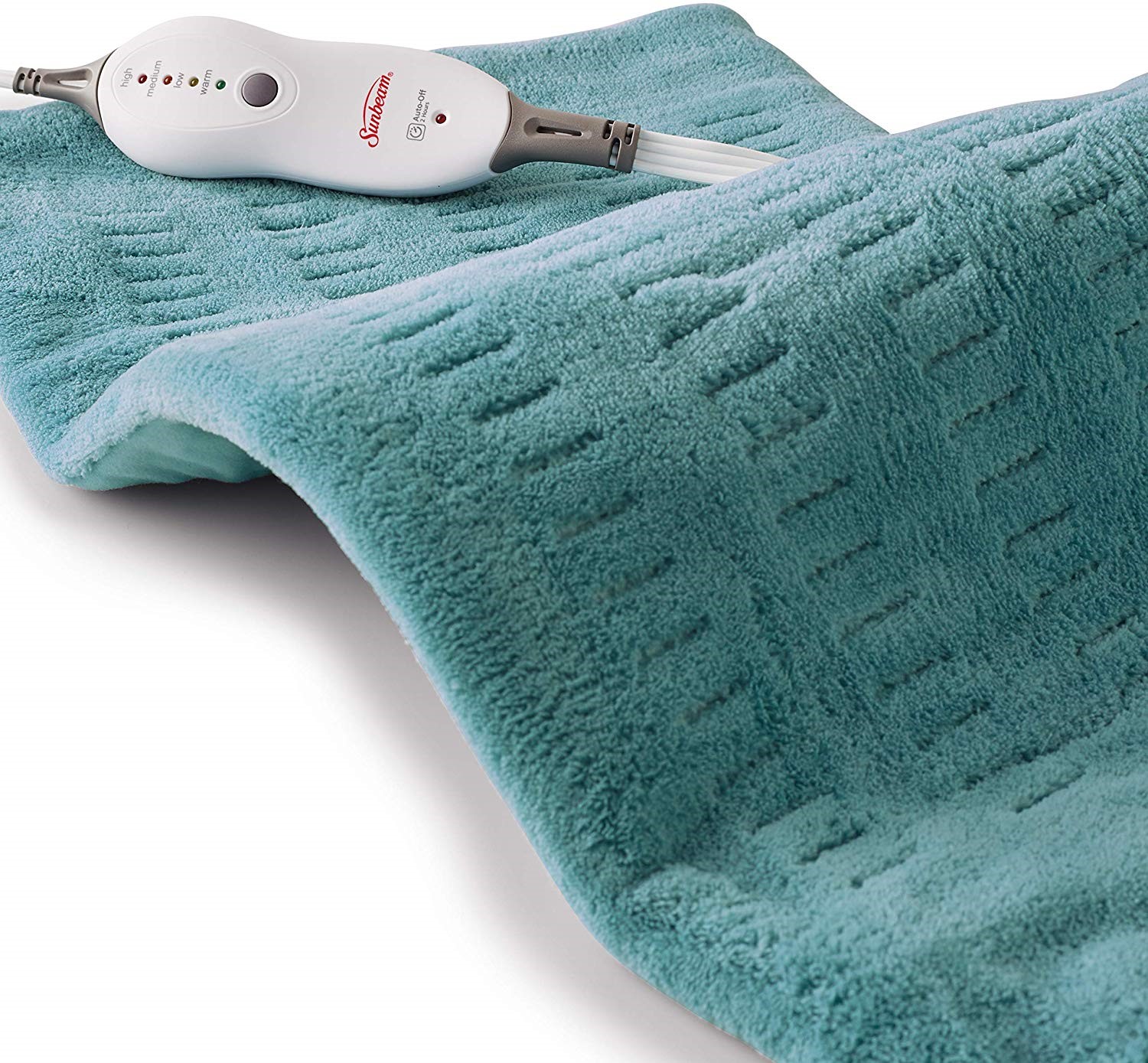
The number one suggestion from my insta-friends! Heat and ice for pain relief can be really effective for fibromyalgia, migraine and other conditions. There are lots of options, and each person seems to have their favorite. These are the ones mentioned by those living with chronic illness:
Hot water bottle — always one of my favorites too, especially for my achy hip and period pain. Not sure if there are any spoonies that don’t love a hot water bottle!
Heating pad — so many suggestions for this!
Microwavable heat bags — such as wheat bags or pads.
Hot shower or bath — add some Epsom salts to your bath for extra benefit!
The sun — but wear sunscreen!
2. Ice
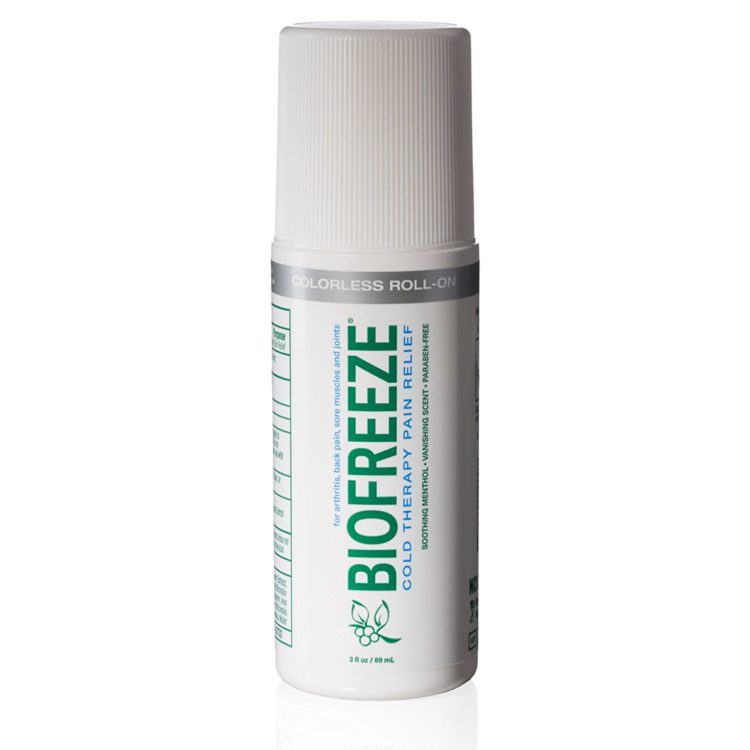
Koldtec ice towel — you can either tie it around your head or anywhere that needs that cooling feeling (like my cranky knee!)
Headache hat — a wearable “hat” you insert ice packs into for those painful migraine days.
Biofreeze pain relief gel — a topical analgesic for muscle and joint pain.
Cold showers — Brrr, if it works for you, go for it, but I may pass.
3. Devices
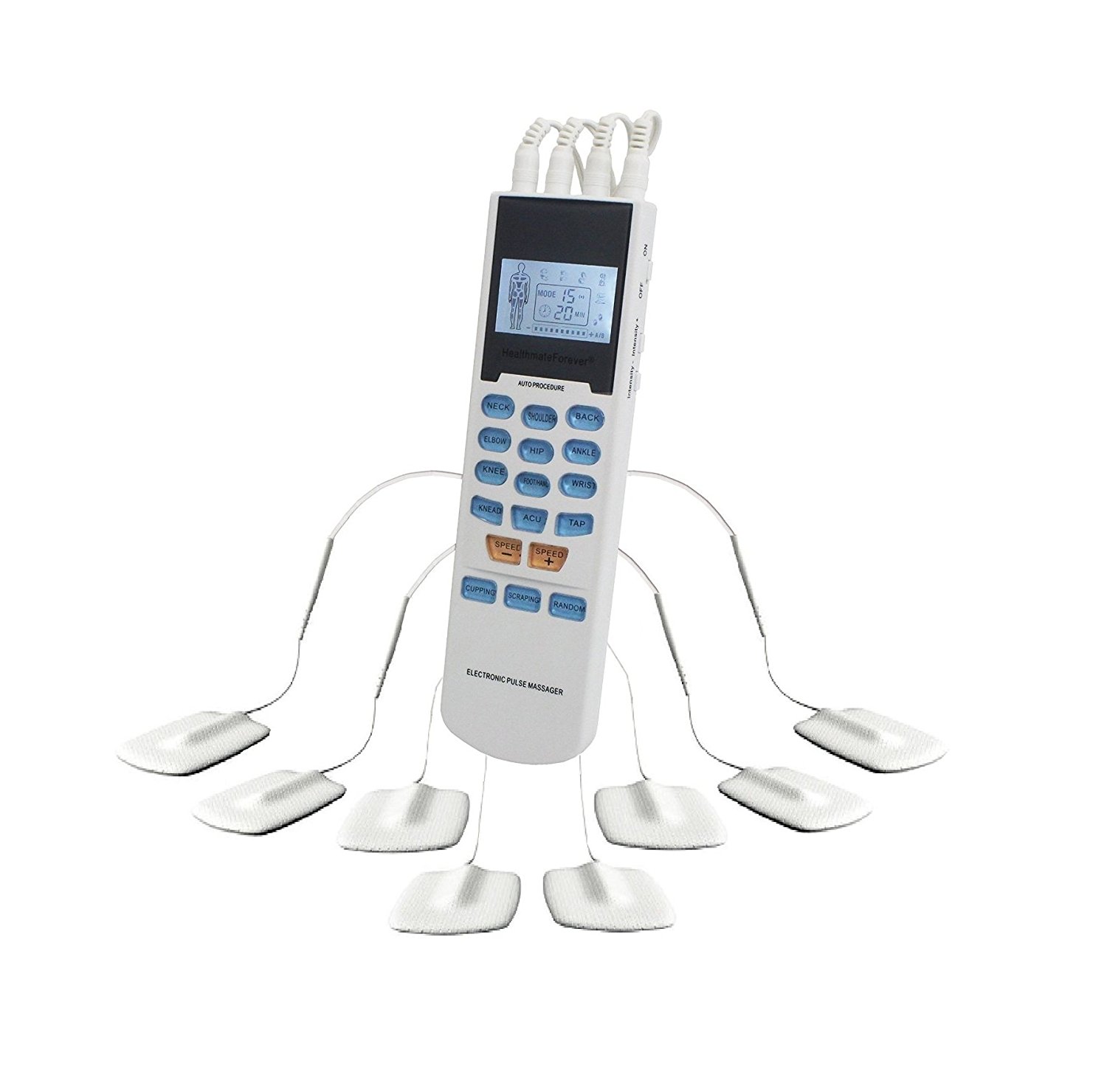
Two devices came up a lot as great forms of non-pharmacological pain relief:
Cefaly — a device used both as a preventative and acute treatment for migraine. It is an external trigeminal nerve stimulation device you apply to the forehead.
TENS machine — this device uses electrical impulses that “can reduce the pain signals going to the spinal cord and brain.” A TENS machine may also “stimulate the production of endorphins, which are the body’s natural painkillers” (NHS).
4. Menthol
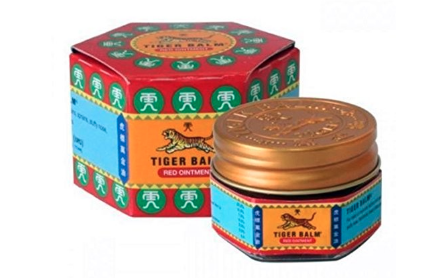
I’m a big fan of menthol as a form of pain relief, and the 4-Head stick has been a favorite for a long time. My mum bought me one years ago and now there is always one on my bedside table.
A further suggestion for a menthol-based product is tiger balm, which you apply to the parts of the body where you are experiencing pain.
5. Massage
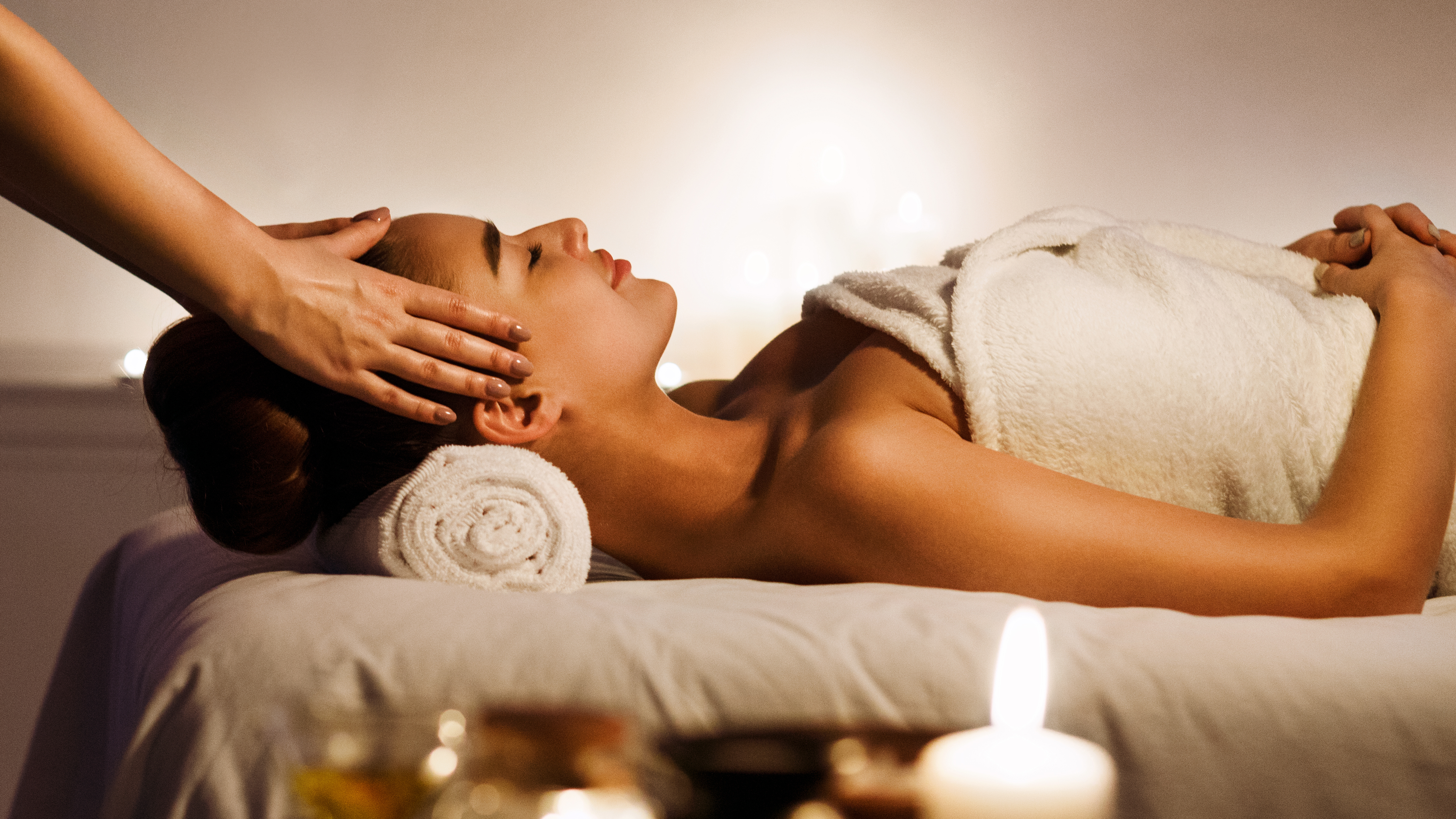
Whether you are able to have a massage by a therapist or do self-massage, this non-pharmacological form of pain relief came up a lot. One of my insta-friends also said she likes to use a jade roller, which is a great at-home form of relaxation.
6. Supplements
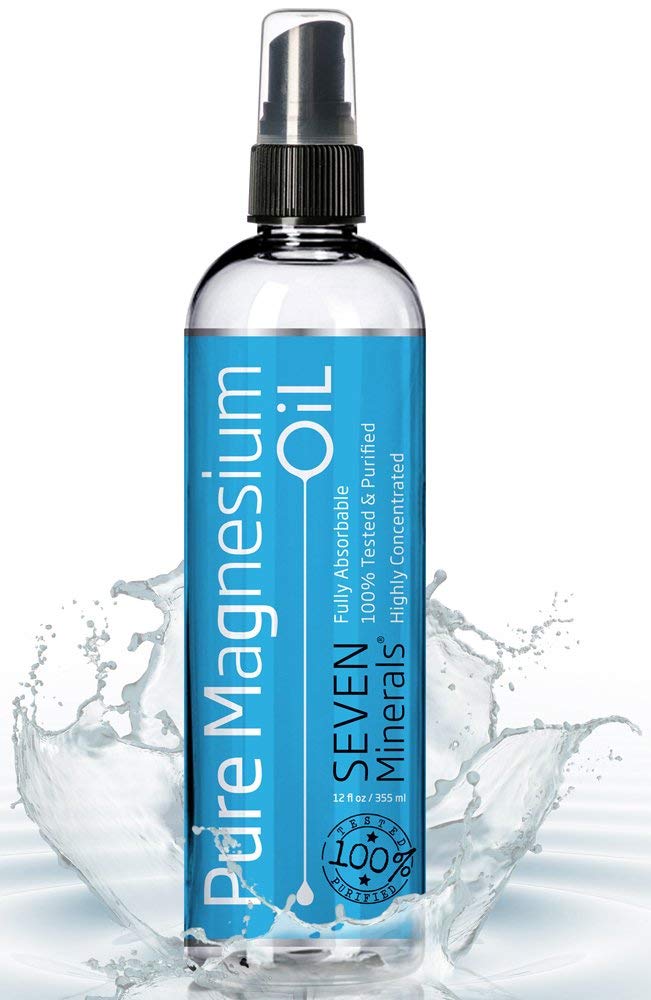
My friends on Instagram really love their magnesium for pain relief, and in a few different forms!
Magnesium tablets — often recommended for migraine in particular, as discussed by The Migraine Trust.
Magnesium spray — for achy muscles.
7. CBD Oil
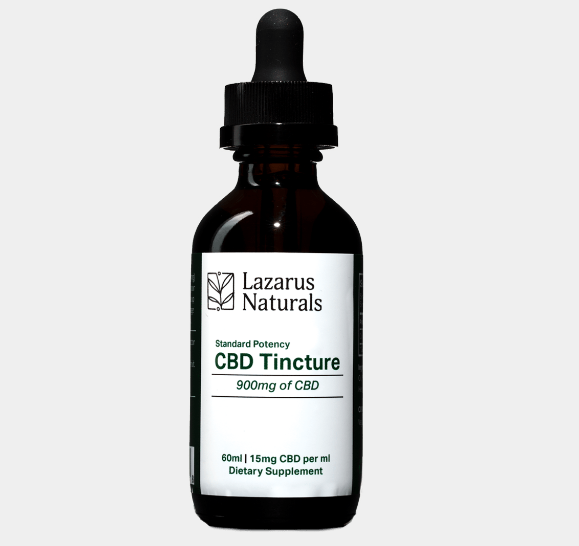
This was a big favorite as well! CBD oil has become increasingly popular over the past few years.
For CBD products, check out our community’s top recommendations.
8. Food
 I hadn’t thought of food as a form of pain relief, other than it being good for general overall health. A few suggestions came up though! The first is holy basil (also called Tulsi), which you can drink as a tea or take as a supplement.
I hadn’t thought of food as a form of pain relief, other than it being good for general overall health. A few suggestions came up though! The first is holy basil (also called Tulsi), which you can drink as a tea or take as a supplement.
The second suggestion was turmeric. This golden yellow spice can be used as a dried spice in cooking or as a supplement. Ginger was also given as a suggestion, and I love fresh ginger tea! You can also use ginger as a supplement and it is often used for migraines.
9. Arnica
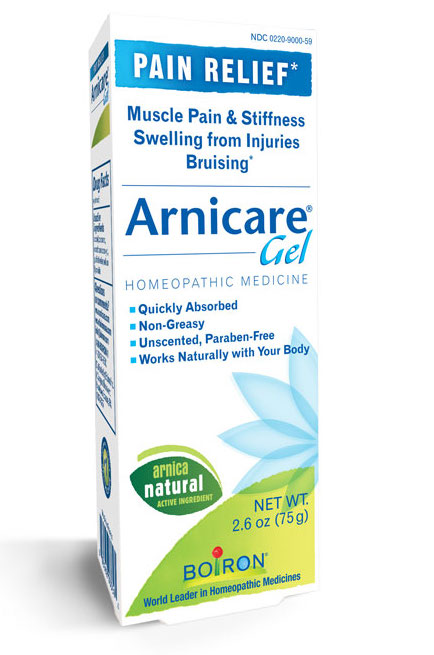
One suggestion was to use arnica gel as a form of pain relief. Arnica is sometimes used to treat bruises, bleeding and swelling.
10. Aromatherapy
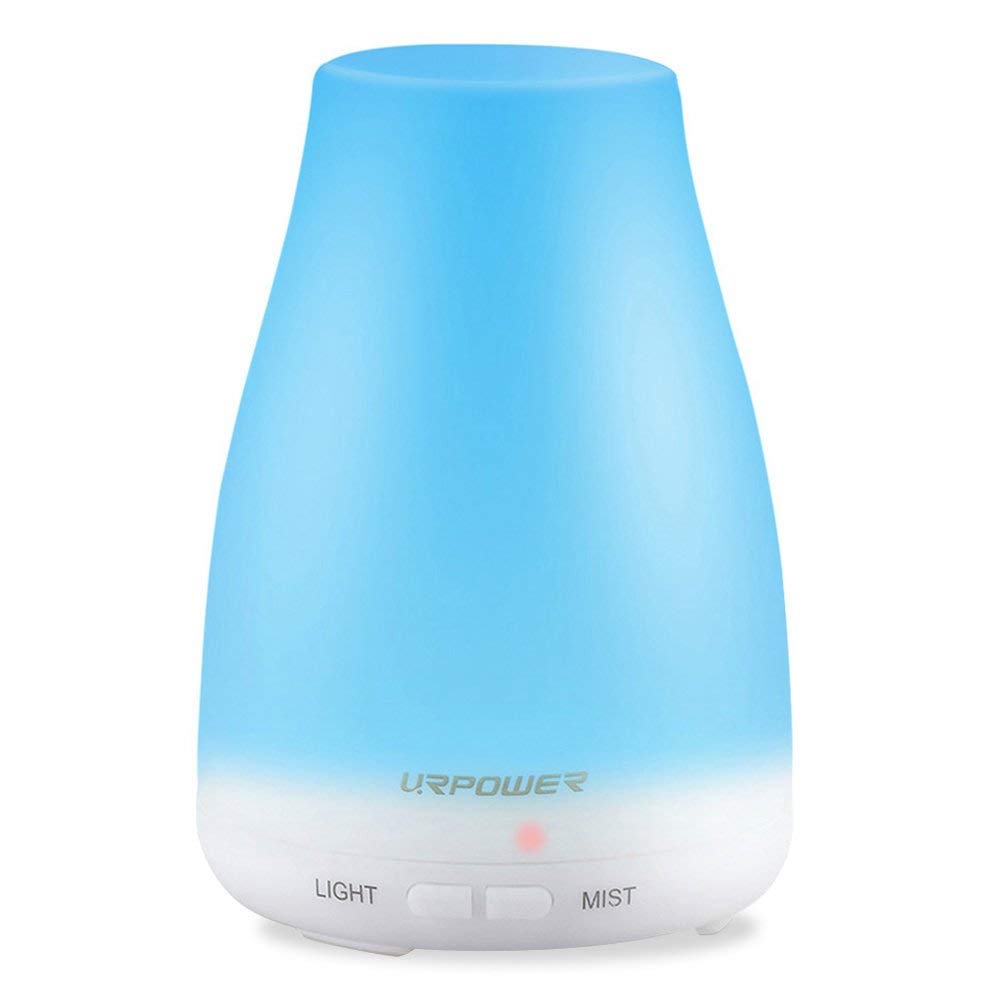
I know many people love to use aromatherapy for its relaxing and calming properties. The use of lavender oil was suggested a few times, and is often thought to be helpful for aiding sleep. The other form of aromatherapy that was suggested was tea tree oil.
11. Acupuncture
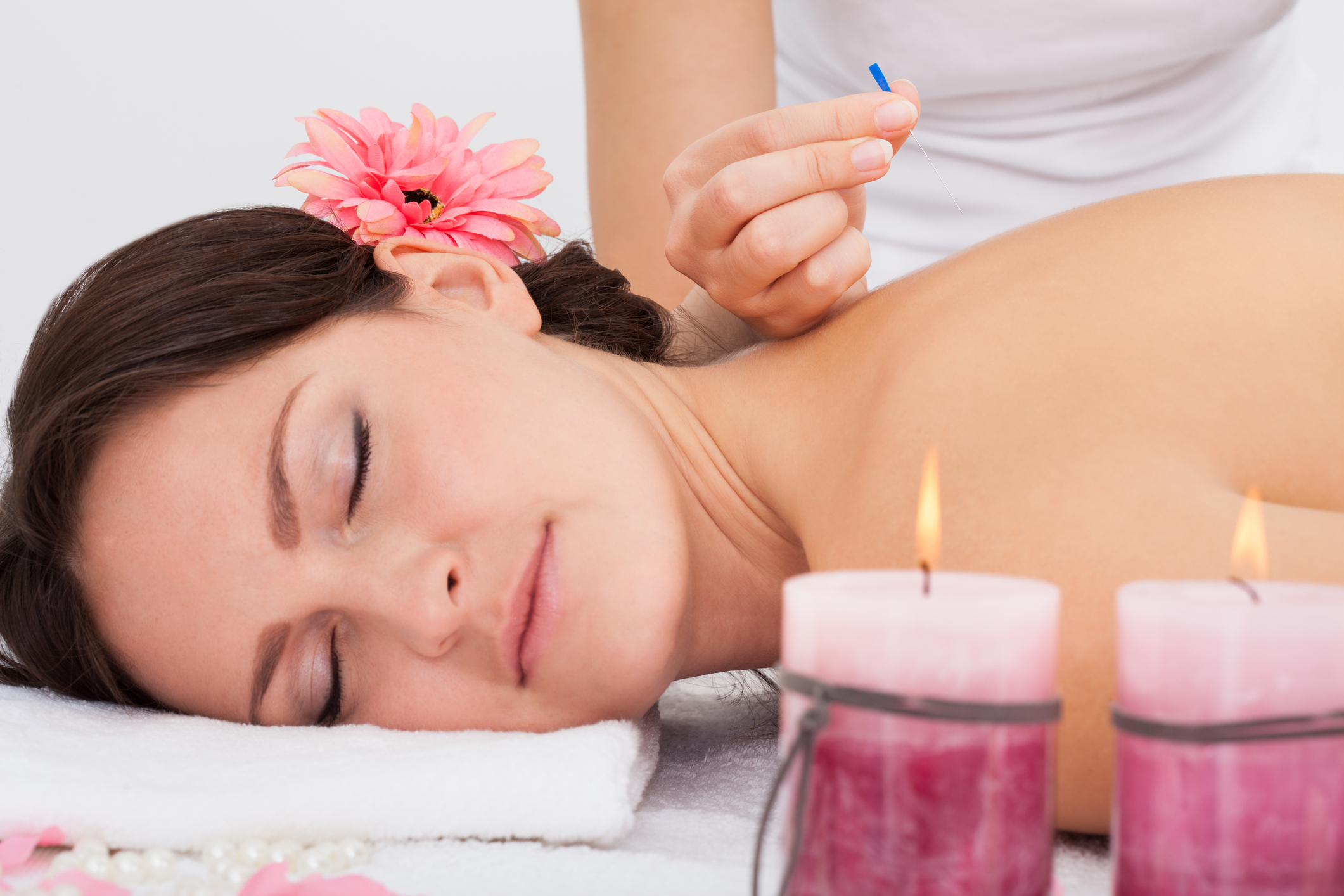
Acupuncture can be helpful for some people with chronic headaches and migraines, as well as chronic pain, jaw pain, joint pain and post-operative pain (NHS).
12. Reflexology
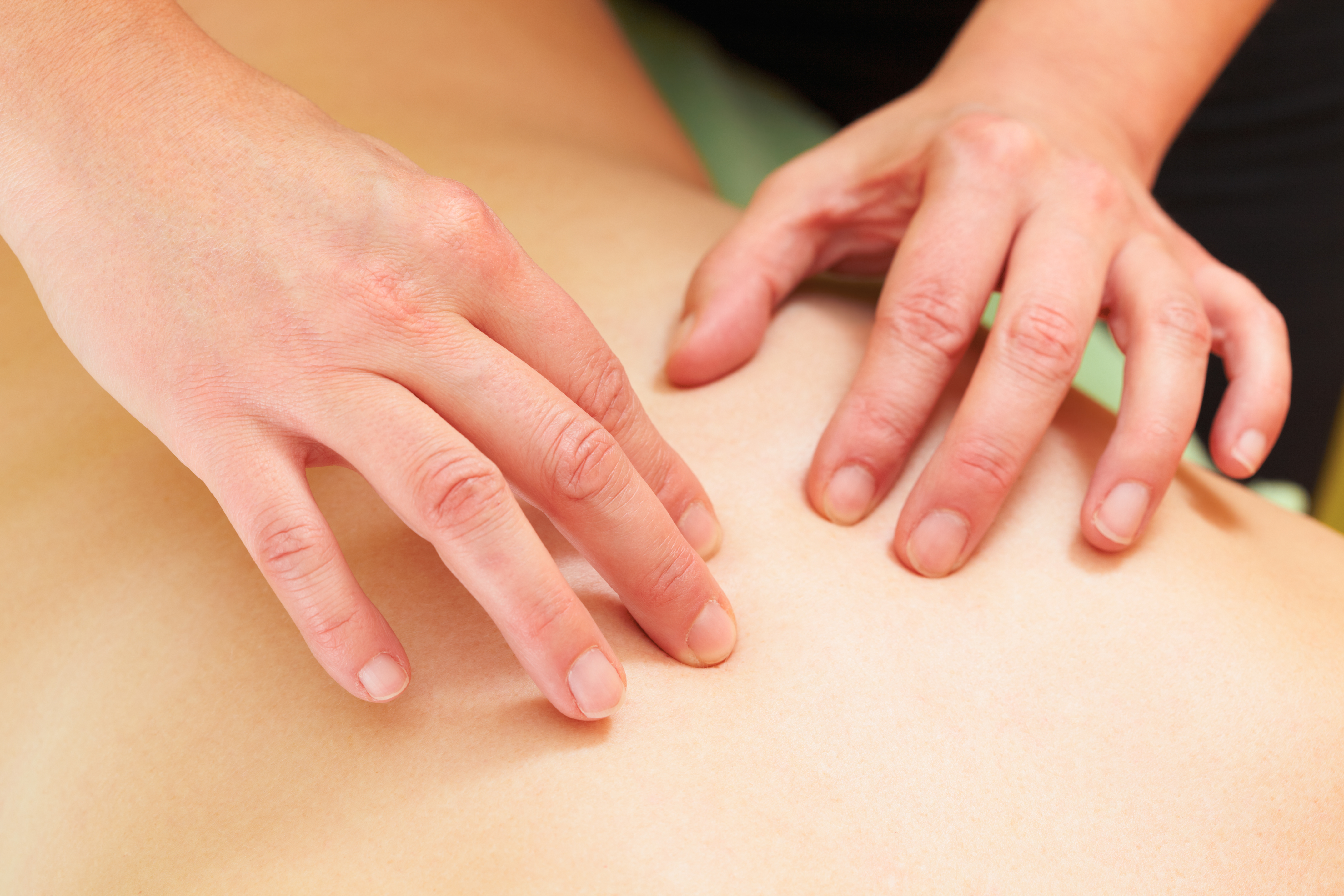
A further suggestion was to have regular reflexology. A complementary medicine treatment, it is important to speak with your GP before having reflexology if you are pregnant or have underlying conditions.
13. Meditation
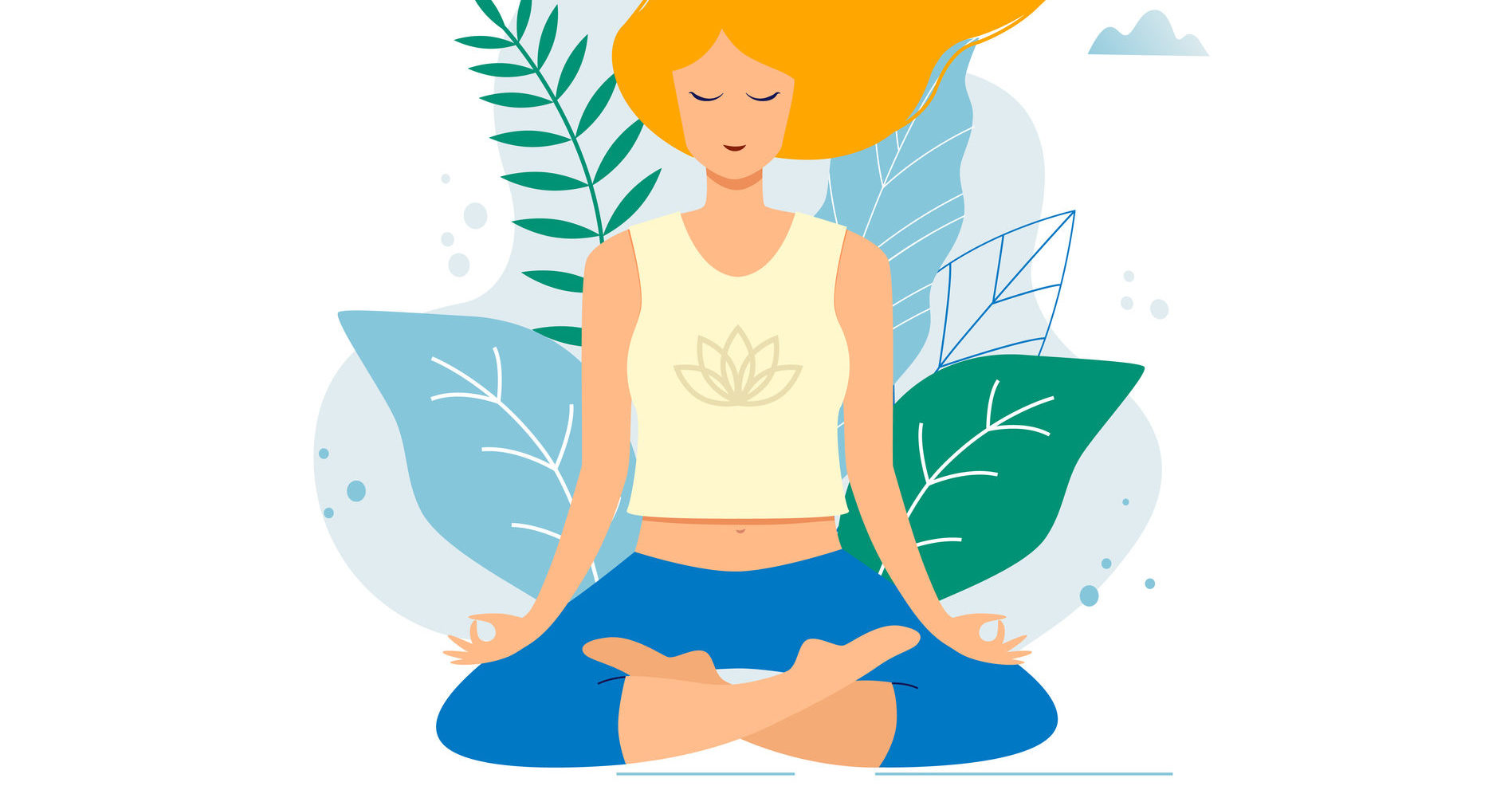
There are a lot of really good free meditation resources now, and apps are always a great way to start a meditative practice. Some favorites are Calm, Headspace and Insight Timer — all of which have free sessions as well as paid-for ones.
14. Physiotherapy
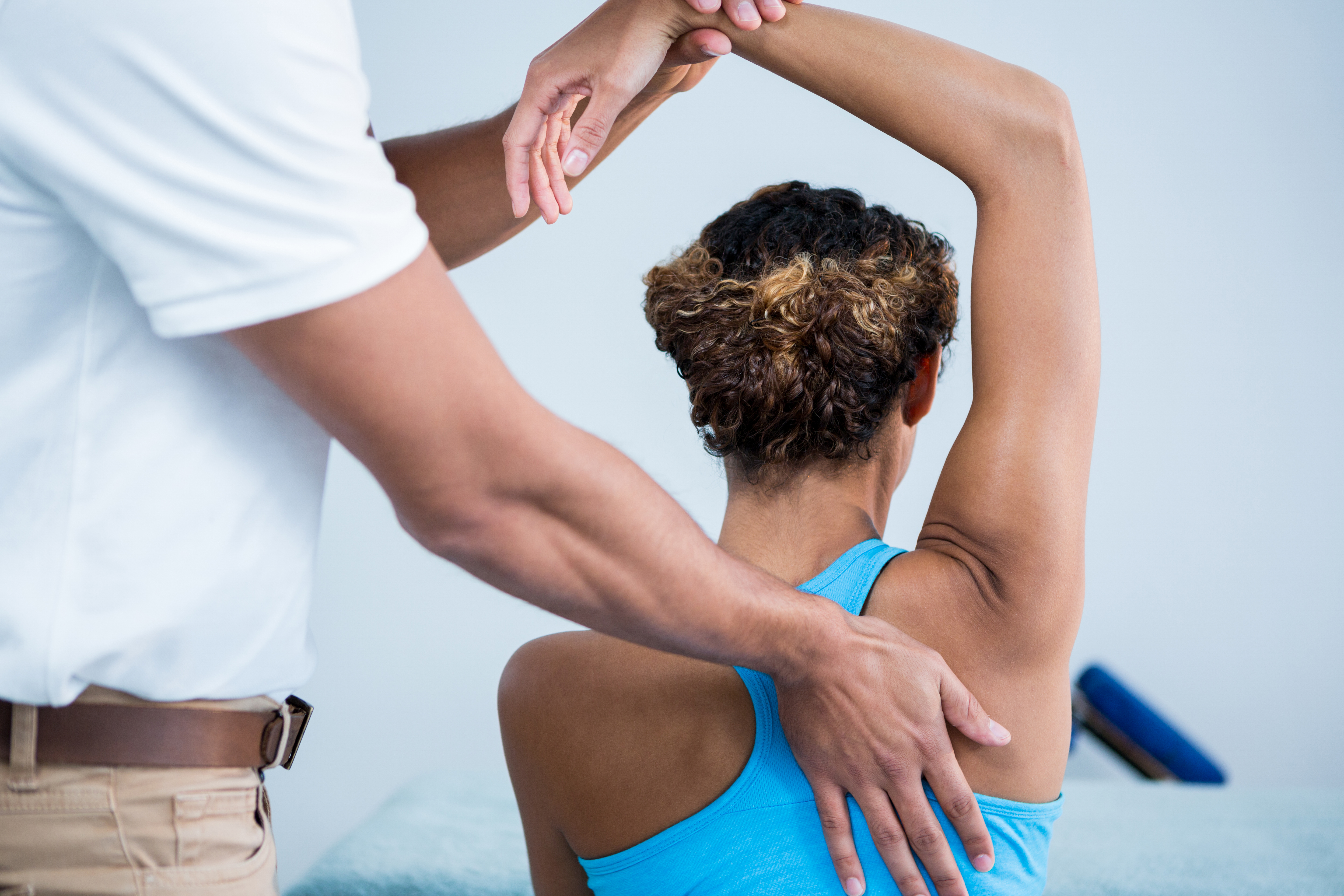
Physiotherapy is well-known for the management of chronic pain, and seeing a qualified physiotherapist can be so useful for many. Your physiotherapist will be able to advise you on appropriate exercise, relaxation techniques as well as manual therapy such as connective tissue work if appropriate for your condition.
15. Yoga
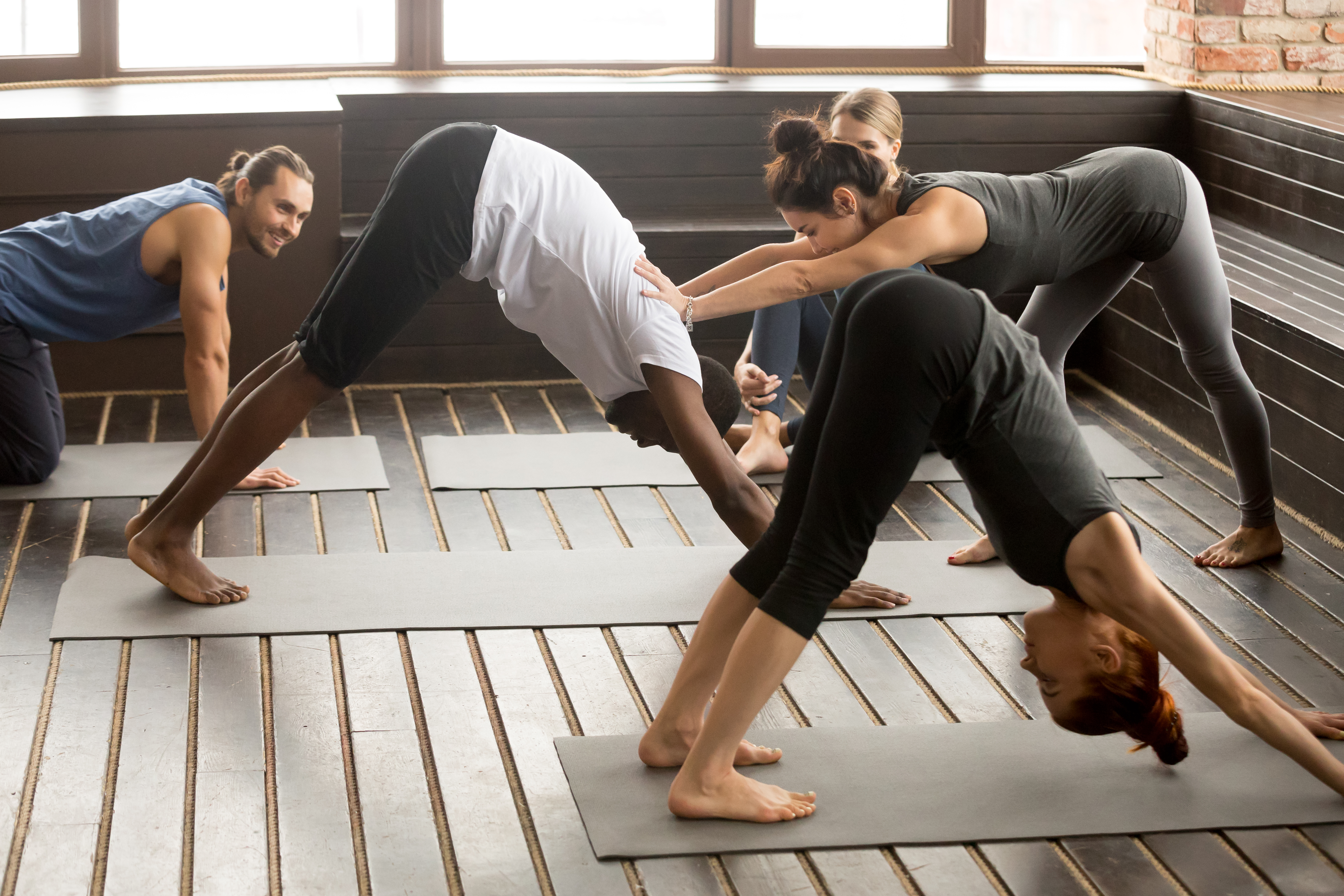
Yoga, and particularly restorative or “gentle yoga,” can be so helpful for stretching tight muscles. If you haven’t tried yoga before, it’s important to seek medical clearance and see a qualified instructor, particularly if you have hypermobility.
16. Exercise
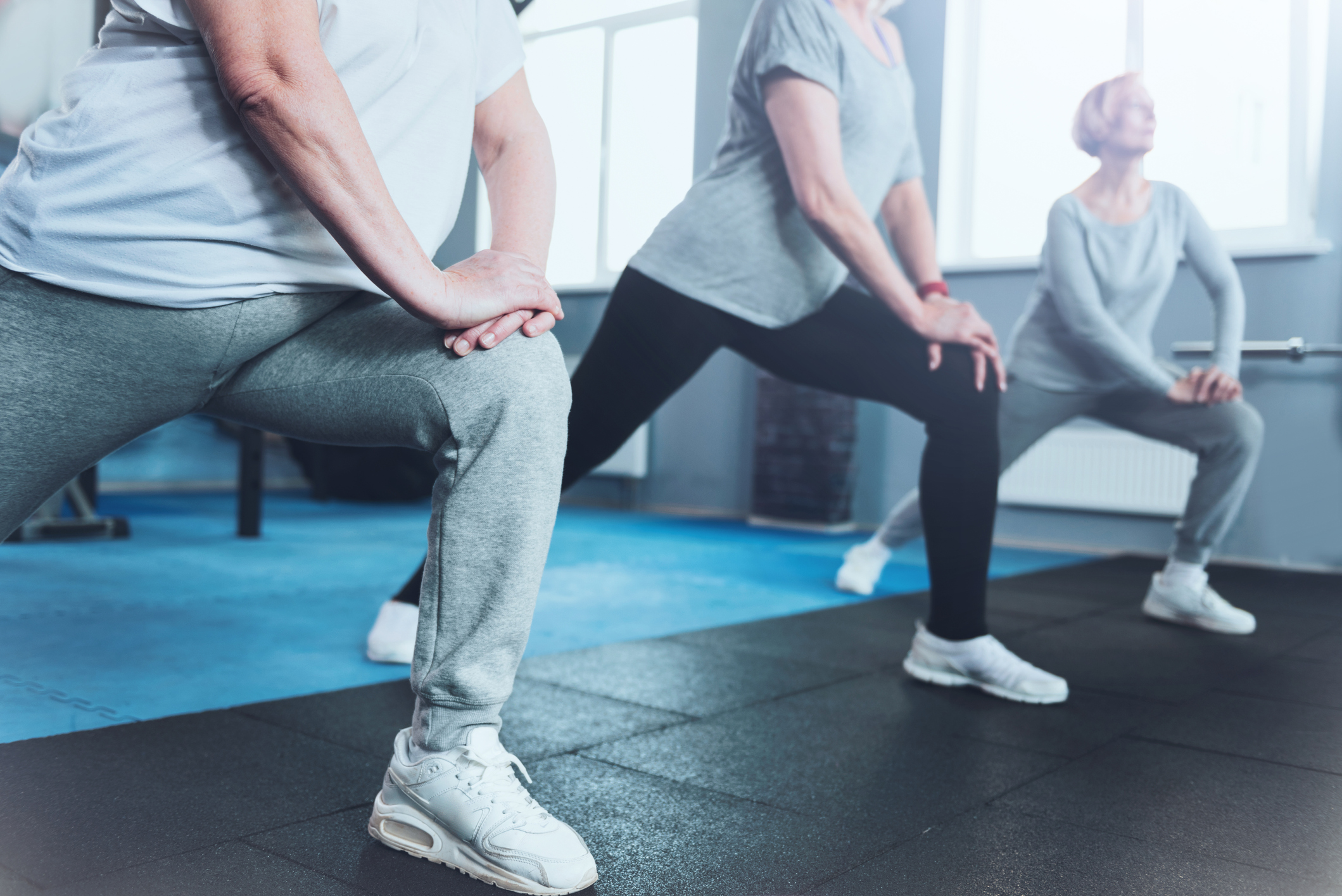
Gentle low-intensity exercise can be very helpful, depending upon your health condition. It is often recommended for conditions such as fibromyalgia (NHS). It would be best to speak with a health professional before starting an exercise program so you can work up gradually and to your personal circumstances.There is also evidence that exercise can reduce the frequency and severity of migraine attacks for some people (The Migraine Trust).
17. Rollerball or Foam Roller
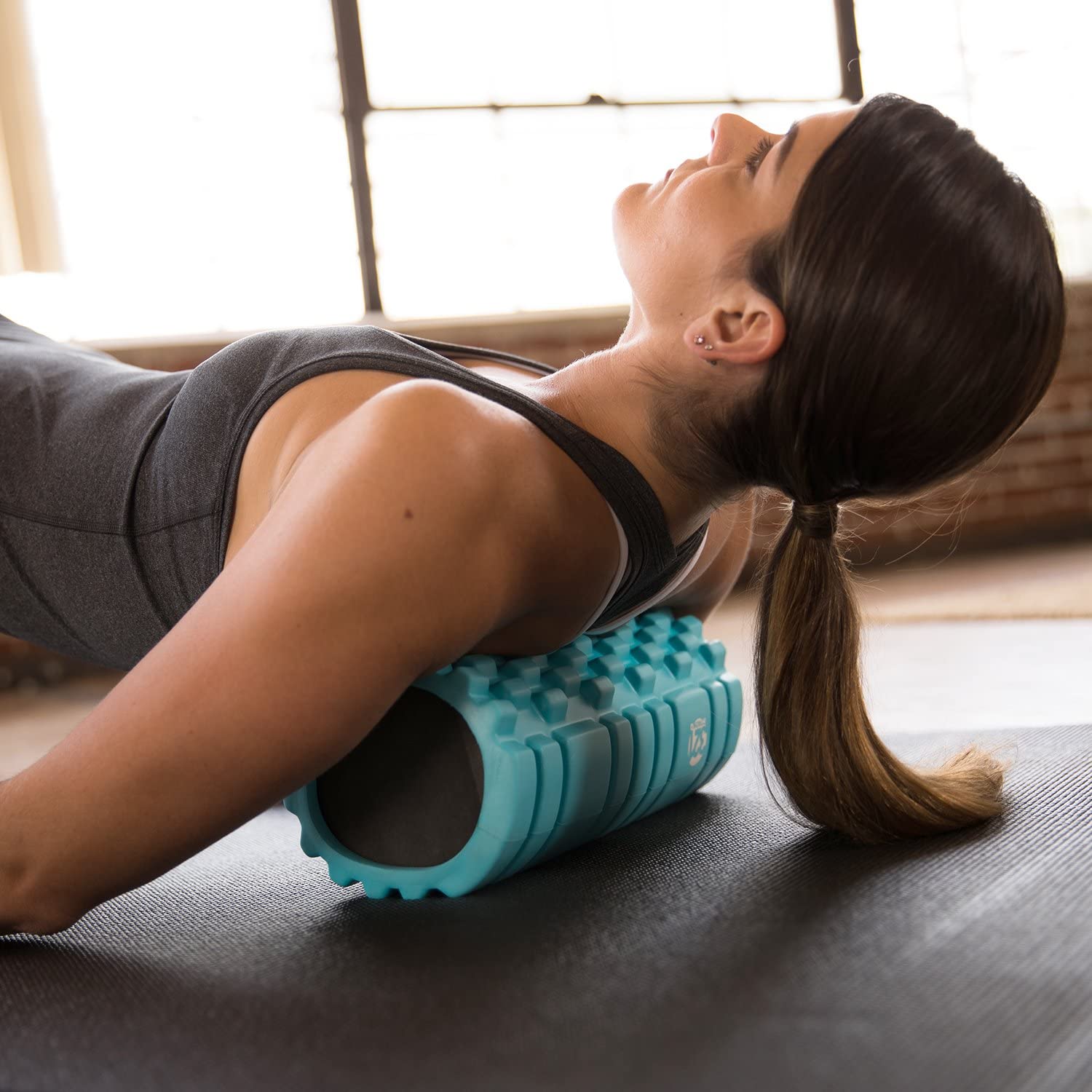
The use of a rollerball and foam roller may be helpful alongside physiotherapy. Use gently if you haven’t before!
18. Flotation Therapy
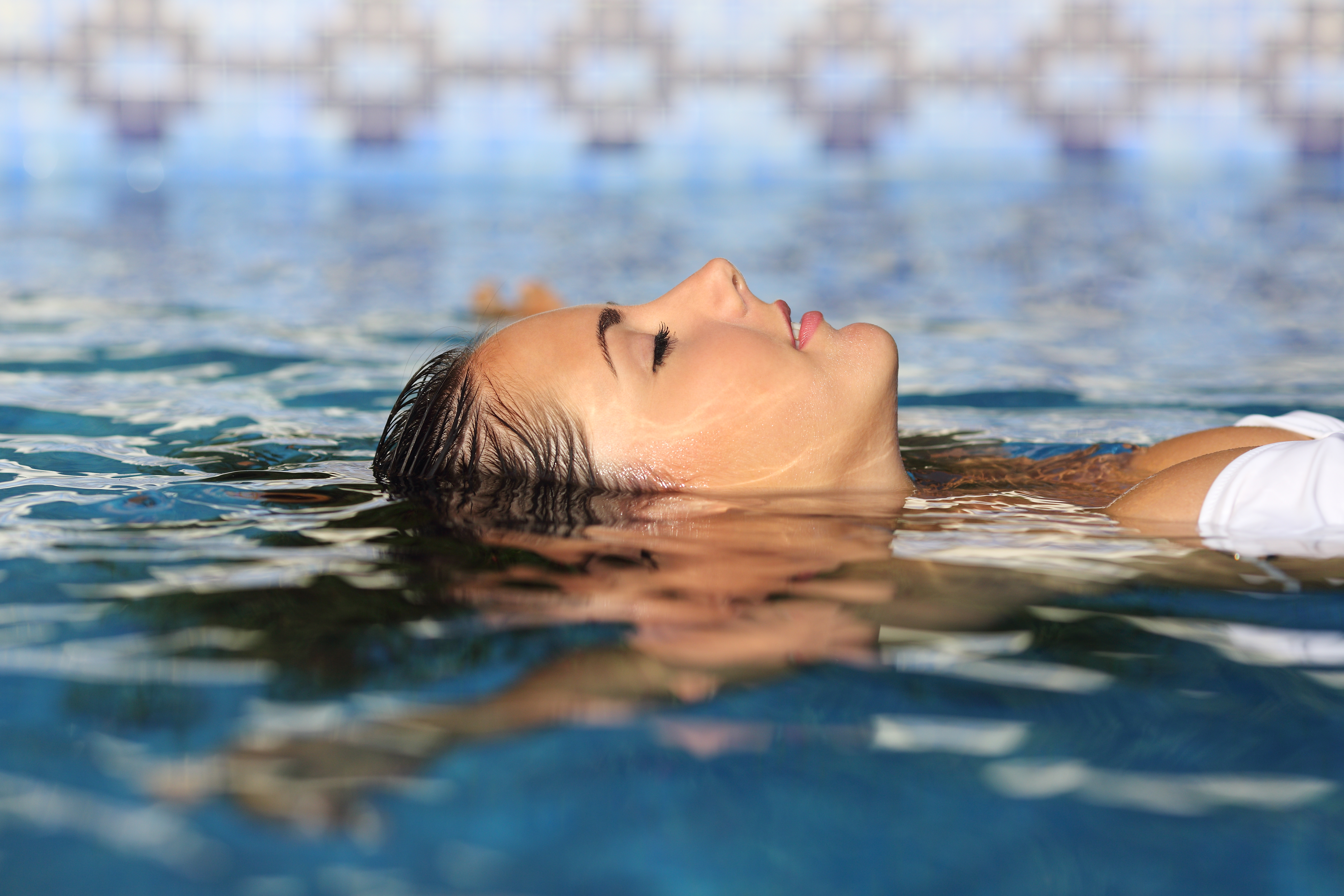
I’ll be honest and say I don’t know a great deal about flotation therapy, but one of my insta-friends gave this as a suggestion for non-pharmacological pain relief. I definitely would love to know more about it!
19. Mouth Guard
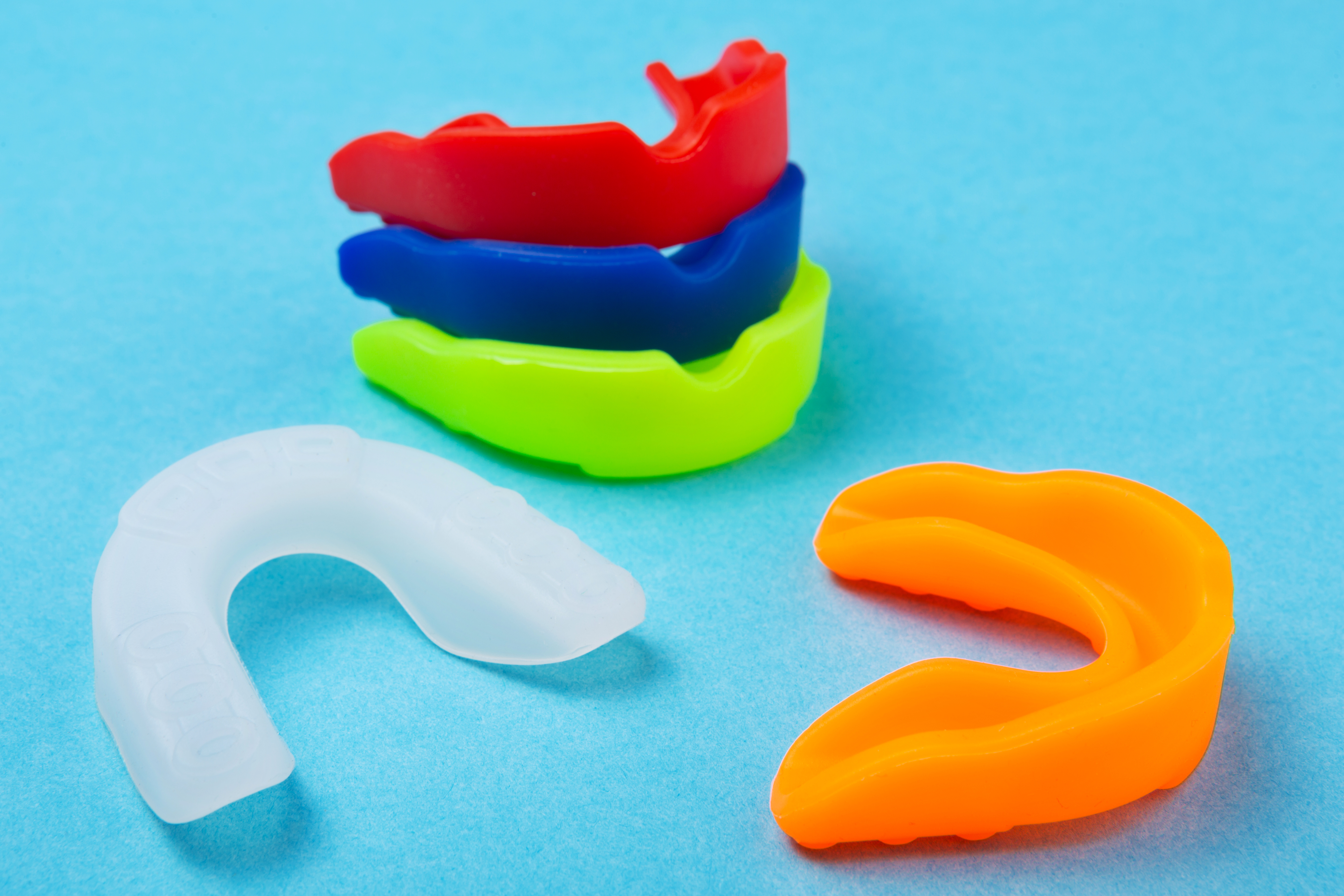
As a mouth guard-wearer, I know they can be very helpful! Often used for those with migraine if someone has an issue with teeth grinding and/ or jaw tension. Mouth guards are also helpful for those with TMJ disorder. Have a chat with your dentist if you think it would be helpful for you.
20. Weighted Blanket
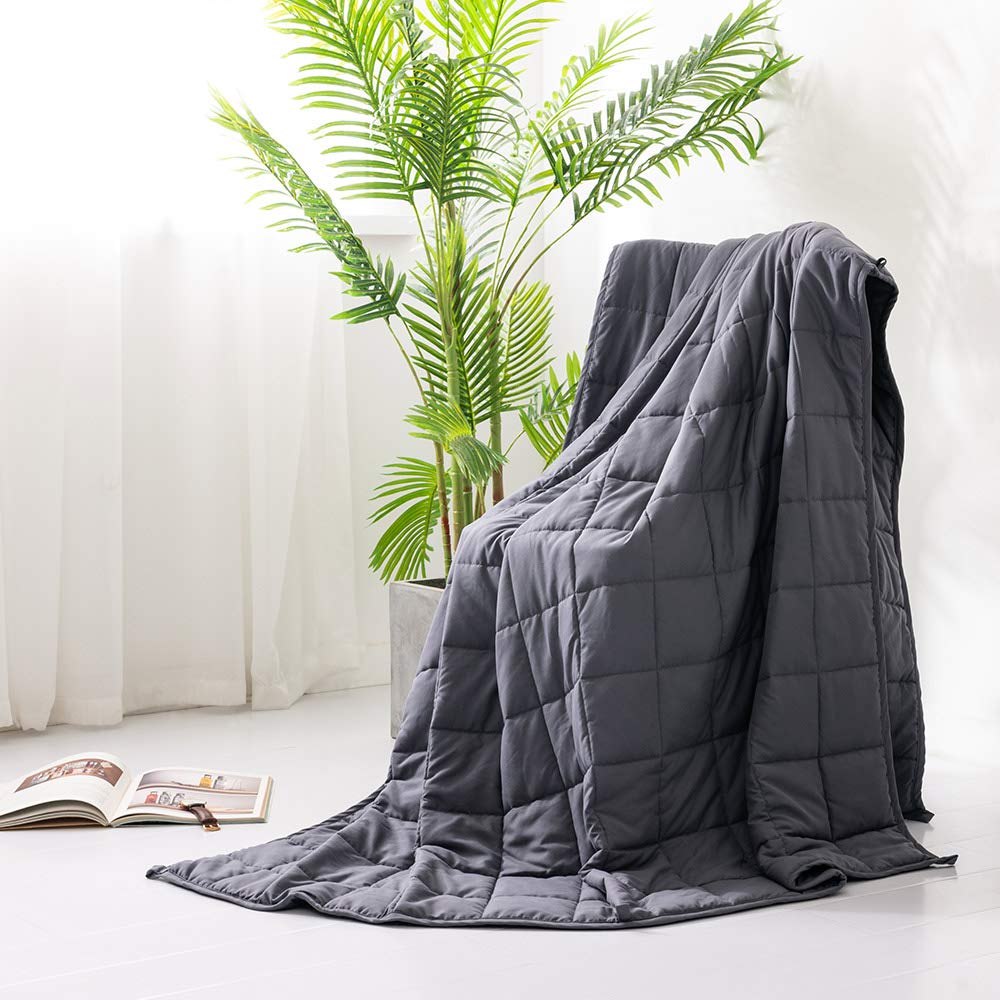
So many people love a weighted blanket! Many people find them helpful for promoting restful sleep as well as reducing stress through the pressure on the body reducing cortisol — the body’s main stress hormone (Forbes).
21. Hobbies and Interests
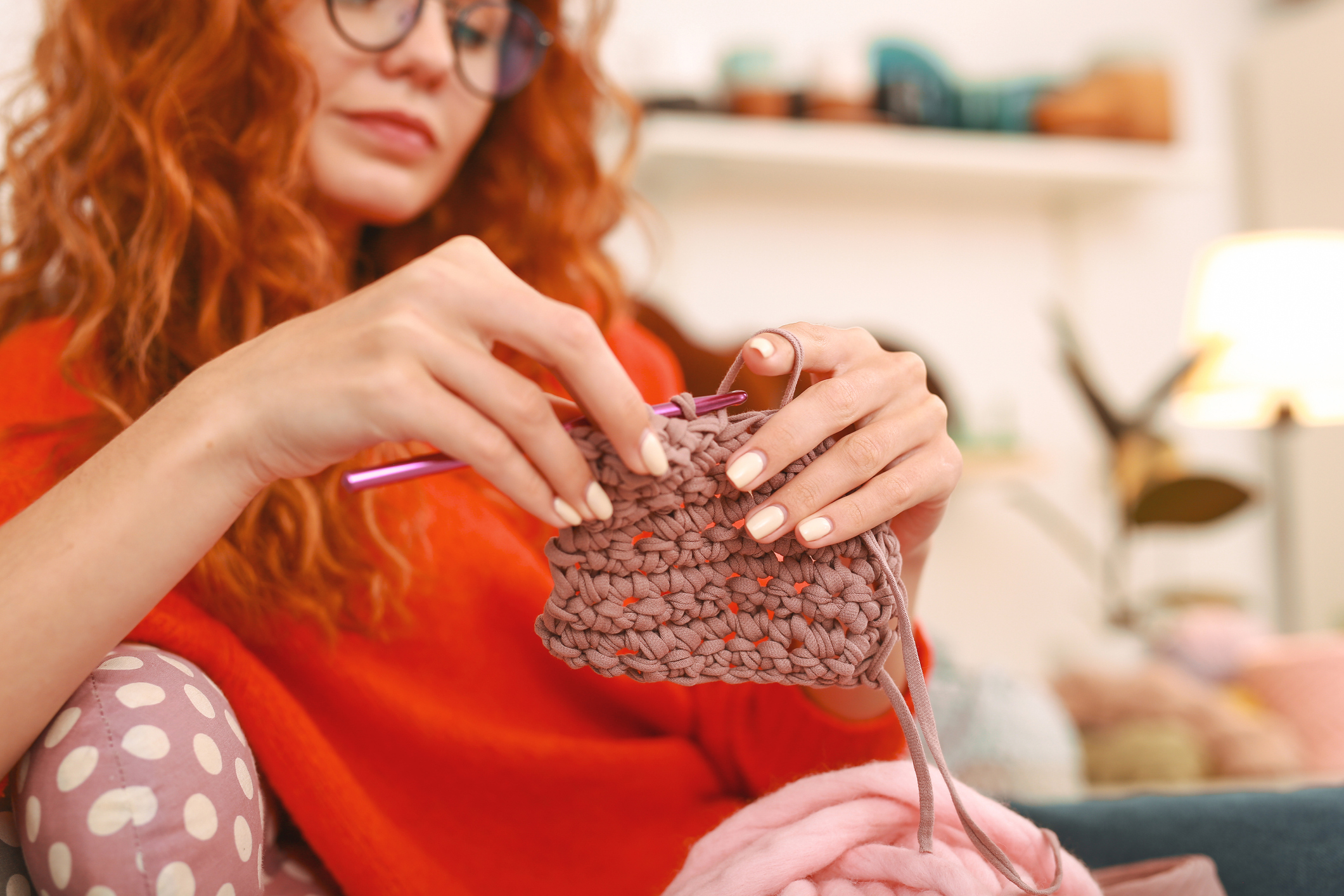
There are so many hobbies and interests that can be relaxing and help us manage pain with chronic illness. Why not try and find something you enjoy? It could be cooking, being creative with crafts, knitting or crochet, watching a particular genre of movies, doing jigsaws, learning calligraphy or other artistic techniques. So many options!
22. Laughing!

I loved this suggestion so much! It’s so easy with chronic pain to get into a negative mindset and feel overwhelmed. The suggestion of laughing is beautiful as it can help us shift towards finding the lighter side of the world around us, and perhaps sharing good moments with friends and family.
Getty image by Antonio Guillem.

